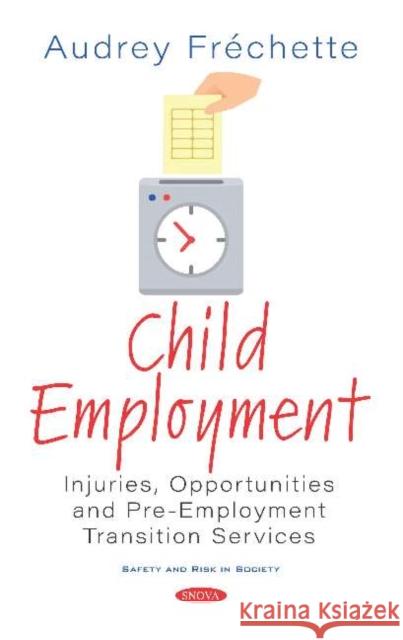Child Employment: Injuries, Opportunities and Pre-Employment Transition Services » książka
Child Employment: Injuries, Opportunities and Pre-Employment Transition Services
ISBN-13: 9781536167603
Children aged 17 and under in the United States work for various reasons: some are encouraged to work to develop independence and responsibility; others work because of financial need. At the same time, research suggests working children are at risk for work-related injuries and fatalities. Chapter 1 examines children working in the United States since 2003, work-related fatalities and injuries to such children for the period, and how DOL oversees compliance with the child labor provisions of the Fair Labor Standards Act. Approximately 4.6 million youth ages 16 to 24 were neither in school nor employed in 2016. WIOA, enacted in July 2014, provides, in part, grants to states and local areas to assist youthaparticularly out-of-school youthain accessing employment, education, and training services. It also emphasizes the provision of work experiences to in- and out-of-school youth. Chapter 2 examines what is known about states' and local areas' progress in meeting WIOA spending requirements for serving out-of-school youth and for providing youth with work experiences; how local areas are addressing WIOA's emphasis on serving out-of-school youth and any challenges, and how local areas are addressing WIOA's emphasis on youth work experiences and any challenges. WIOA requires states to reserve at least 15 percent of their total State Vocational Rehabilitation Services program funds to provide pre-employment transition services to help students with disabilities transition from school to work. Chapter 2 examines steps states reported taking to implement pre-employment transition services, and implementation challenges states reported and how Education has addressed them.











